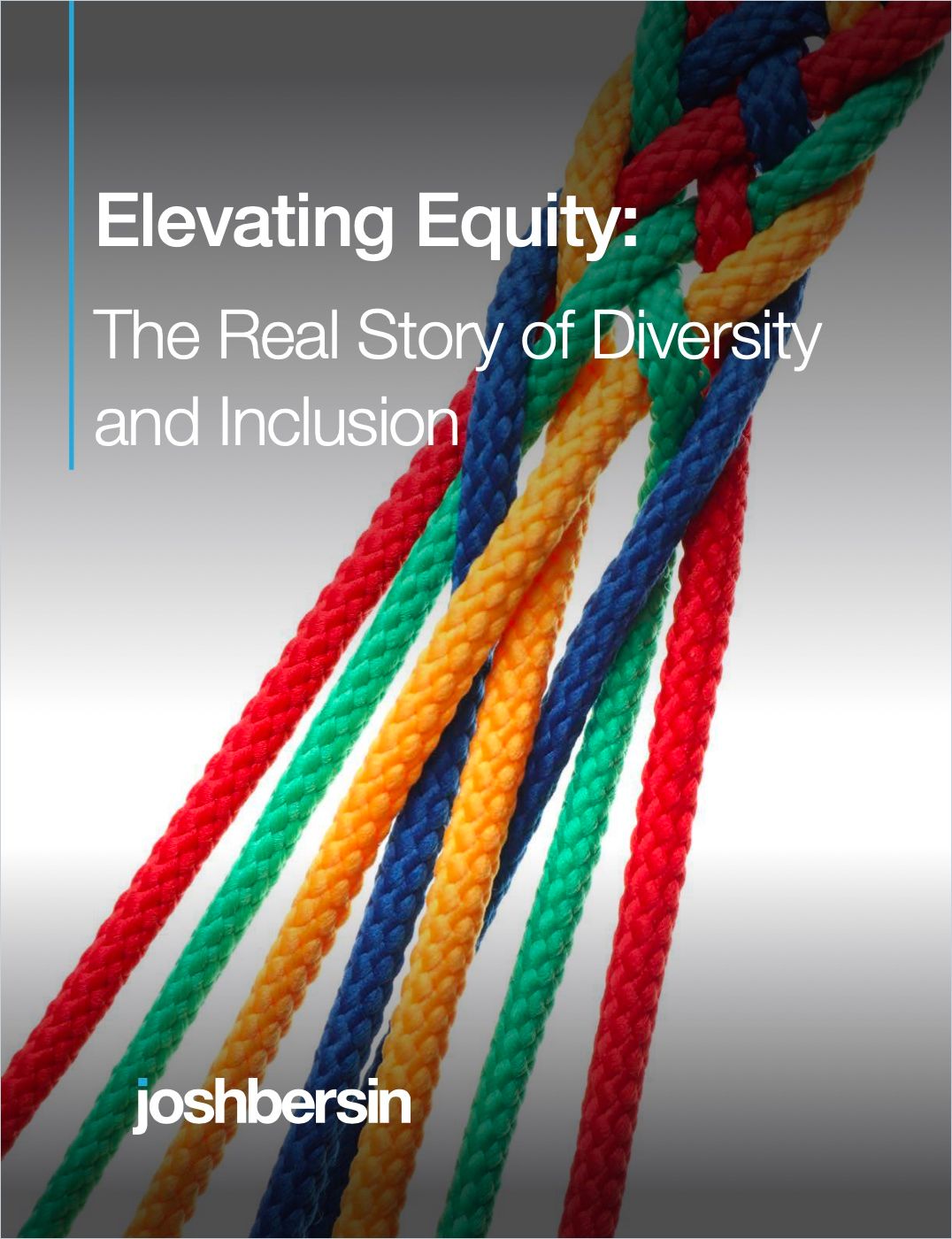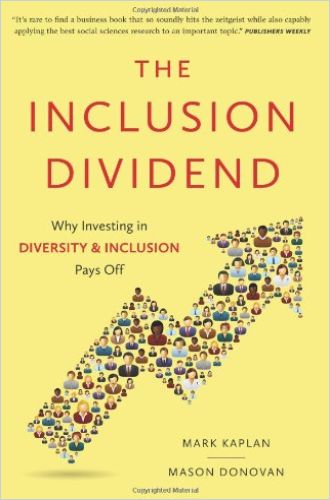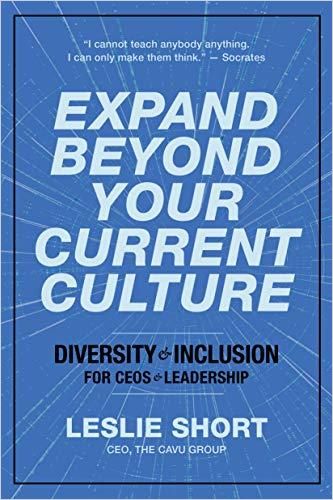How to Set the Parameters for Inclusion

An inclusive workforce is a vital component of any successful business. Yet many well-meaning diversity and inclusion initiatives fall short of achieving their stated objectives.
People have been quick to point to unconscious bias as the culprit. Yet de-biasing organizations rather than trying to change individual mind-sets may be more effective at removing the barriers that hold traditionally underrepresented groups back from particular lines of work or leadership positions.
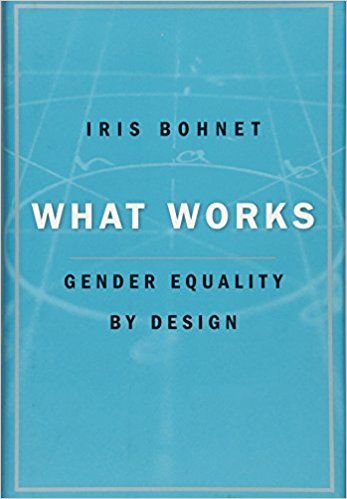
As an employer, you can move the needle with the following top-down measures:
1. Make DEI Part of Business Strategy
Many organizations seek to promote inclusion through diversity training. Yet training usually achieves little beyond raising awareness. One of the main reasons why diversity training often remains ineffective is that you can’t change implicit bias and long-term behavior just by imparting knowledge.
DEI represents a deeper problem that merits attention at the strategy level. All the practices that nurture diversity and inclusion (DEI) – such as listening, supporting authenticity and accountability – require systemic shifts in a company’s culture. DEI has the greatest effect when organizations integrate it with business strategy, rather than relegating it to a separate initiative.
The integration of DEI into business strategy means stakeholders should hold CEOs and other senior leaders accountable for DEI results and reward them for positive outcomes. The cultural shifts necessary for DEI call for new management approaches, and leaders’ willingness to listen and act on what they learn can set the tone for the organization.
2. Include People with Diverse Ways of Thinking in Decision-Making
Make sure people with diverse ways of thinking are part of decision-making processes. Reflect on whether you have the appropriate people in the room to connect with diverse groups or make decisions that will affect people you view as “other.”
If your organization tasks different committees with representing the concerns of different groups – one committee discusses women’s issues, for example, and another handles those of your LGBTQ+ team members – ensure someone from your organization communicates the findings of your diverse committees to the rest of the company. Solicit input from committees on a regular basis – not just once a year or during special occasions, such as Black History Month.
3. Remove Bias from Hiring Processes
Minorities and women remain underrepresented in leadership positions, as well as entire job categories. Making these types of job positions more diverse also creates role models and implicitly “normalizes” diversity in these job categories.
To reach the people you want to hire, start by de-biasing job descriptions. For example, research shows that women tend to apply only for positions for which they meet all of the listed requirements. Thus, consider leaving the “nice to have” requirements out.
Next, pay attention to your word choices. An analysis using the language tool Textio identified a strong correlation between the gender language bias in job postings and the gender of the person ultimately hired. Jobs that went to men had twice as many terms associated with male traits, such as “analyze” or “determine,” than female traits, such as “collaborate” and “support.”
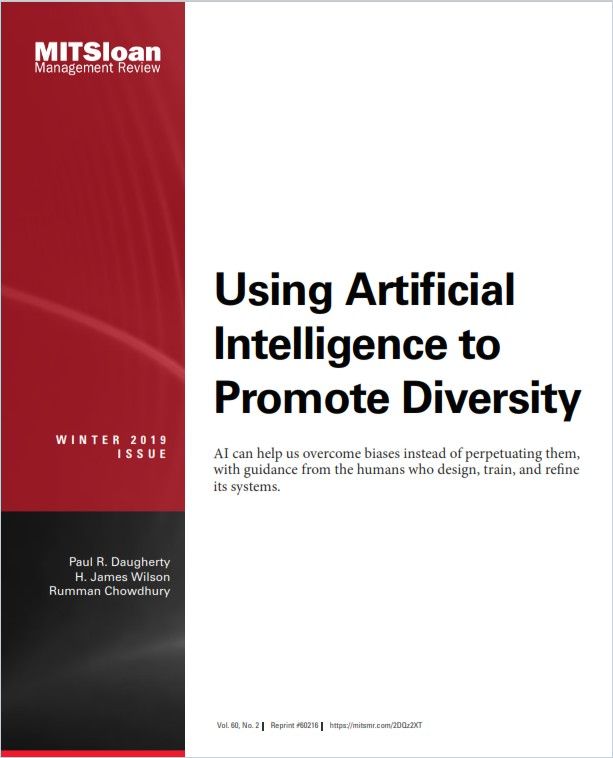
Using Artificial Intelligence to Promote Diversity
MIT Sloan Management ReviewAI can help remove bias from the hiring process: The app Textio rephrases job descriptions to attract candidates from underrepresented groups, and AI-powered service Mya finds patterns of bias in a firm’s hiring history. But make sure you train AI with data sets that don’t already include biases!
